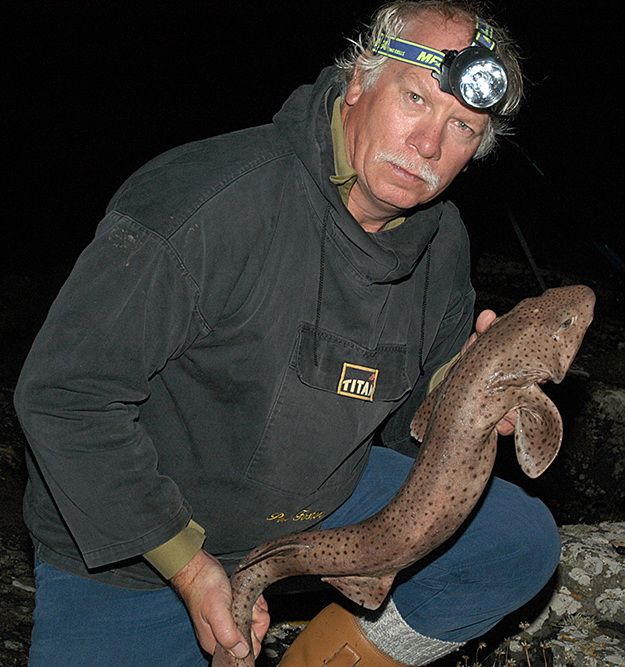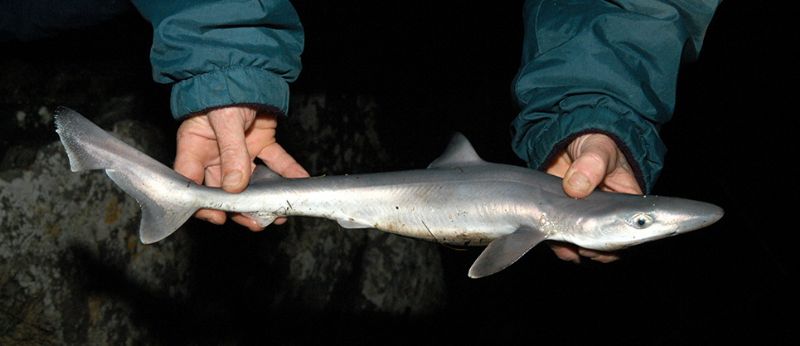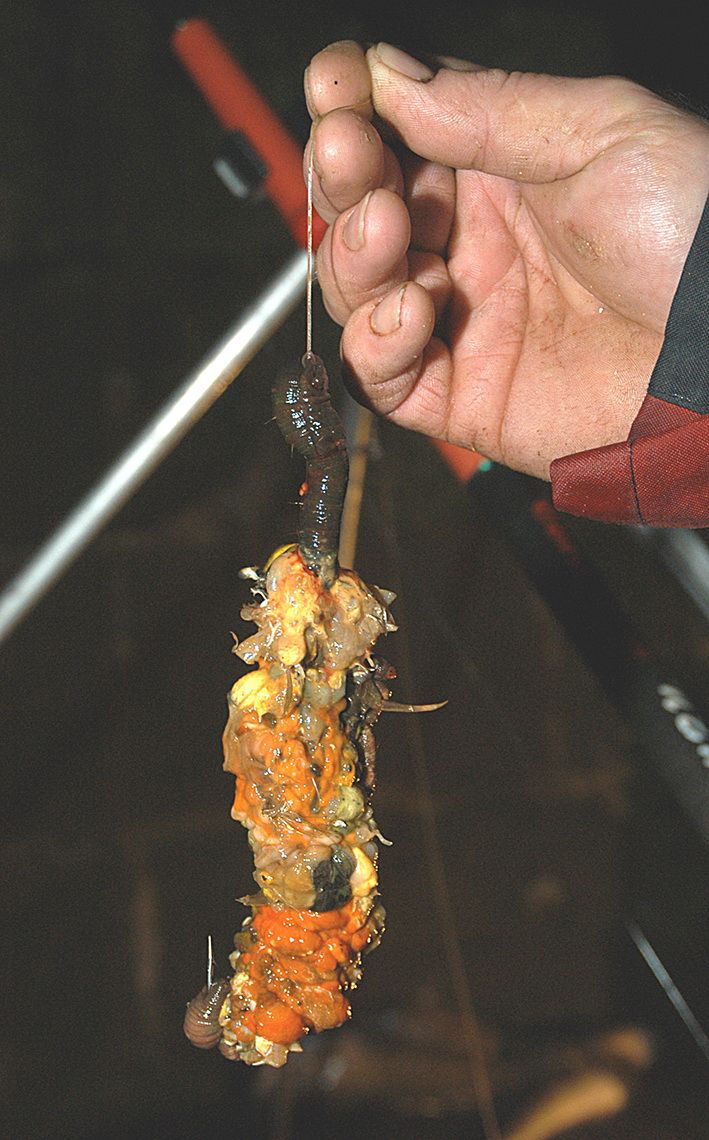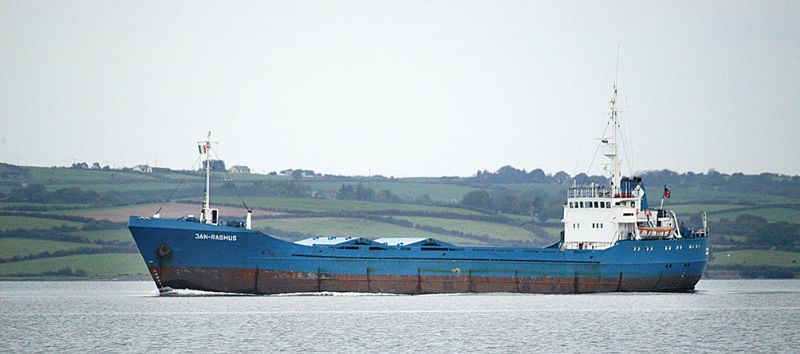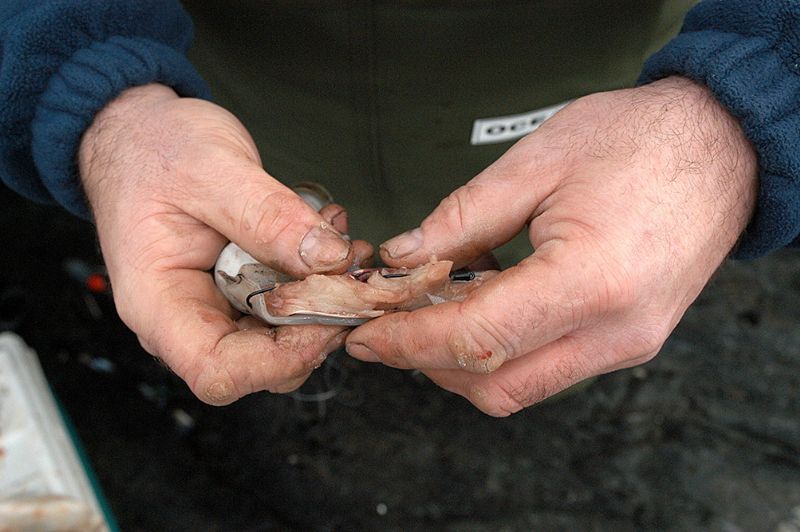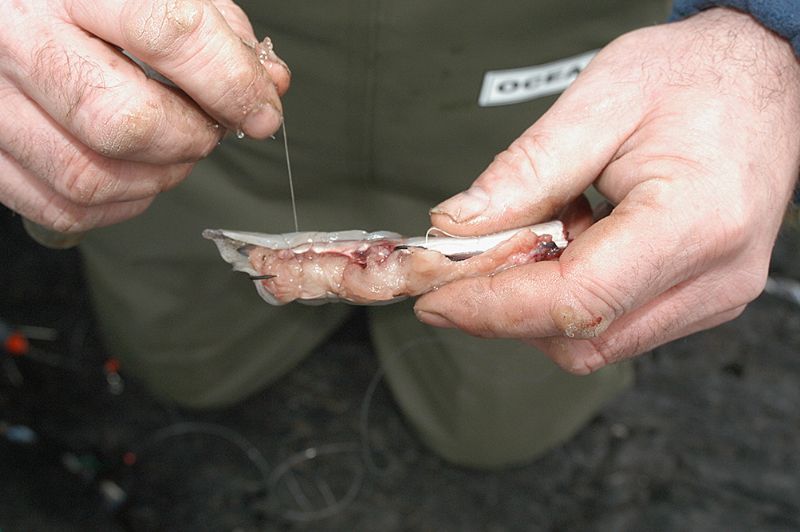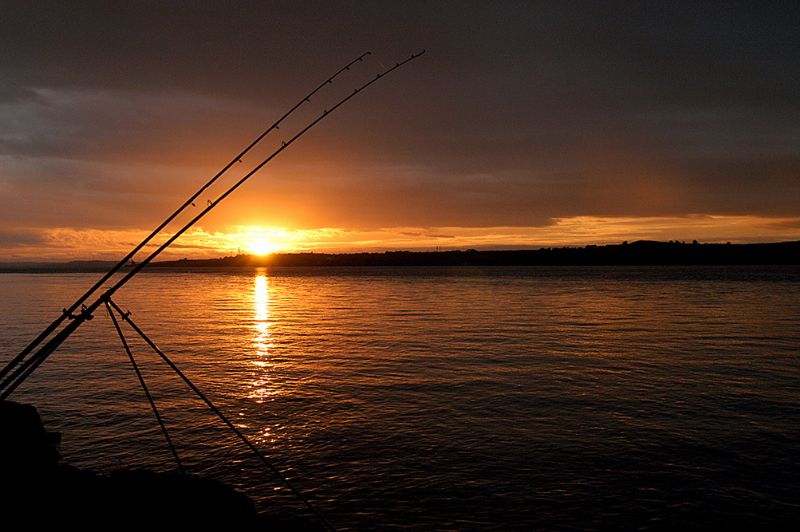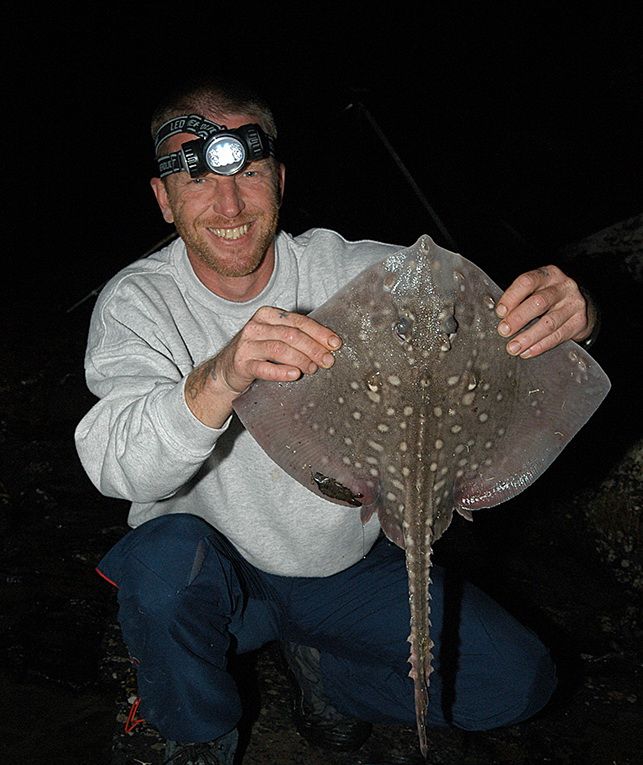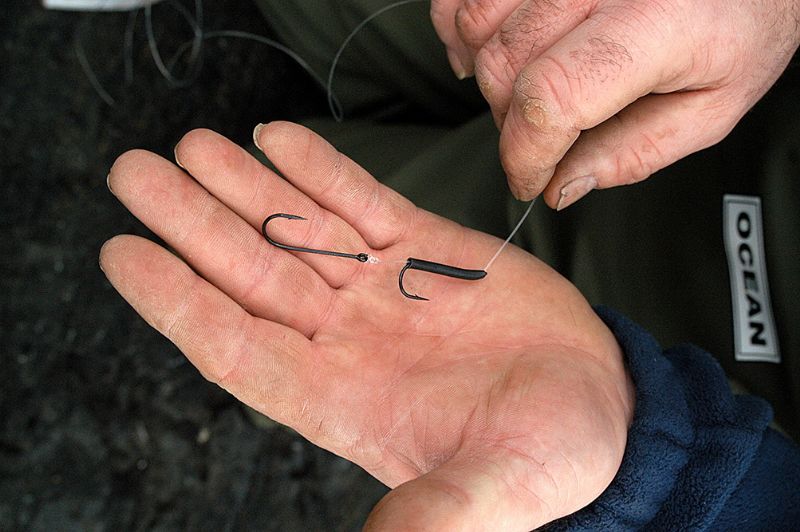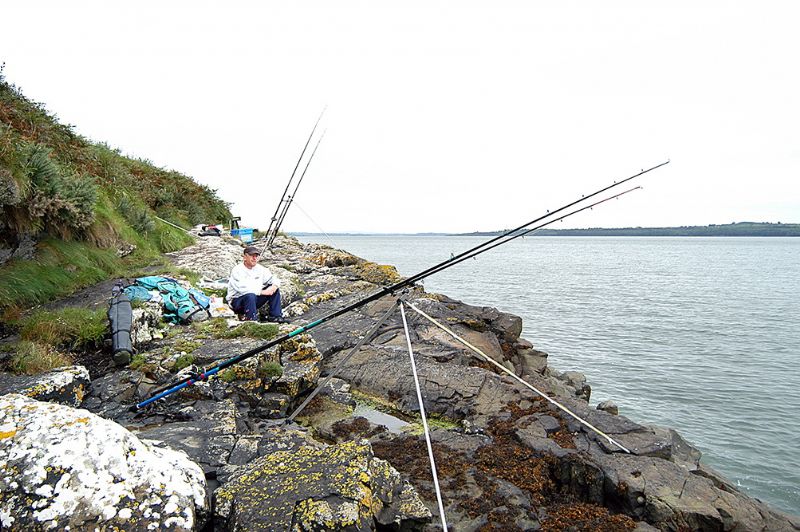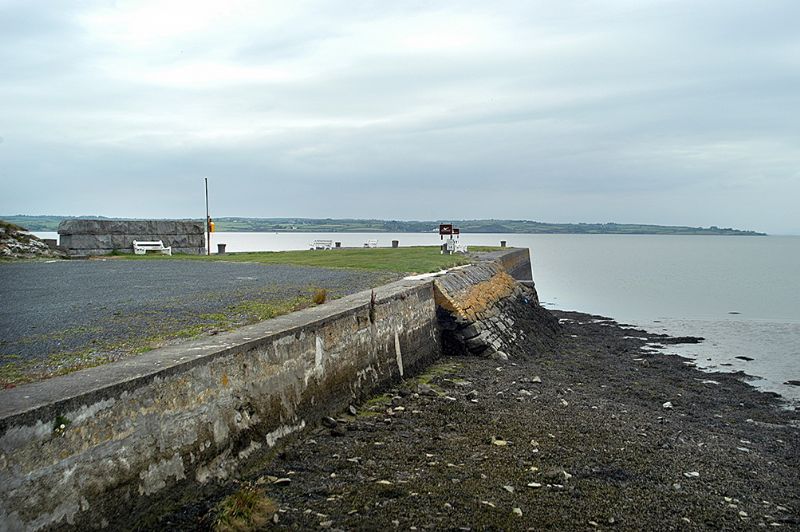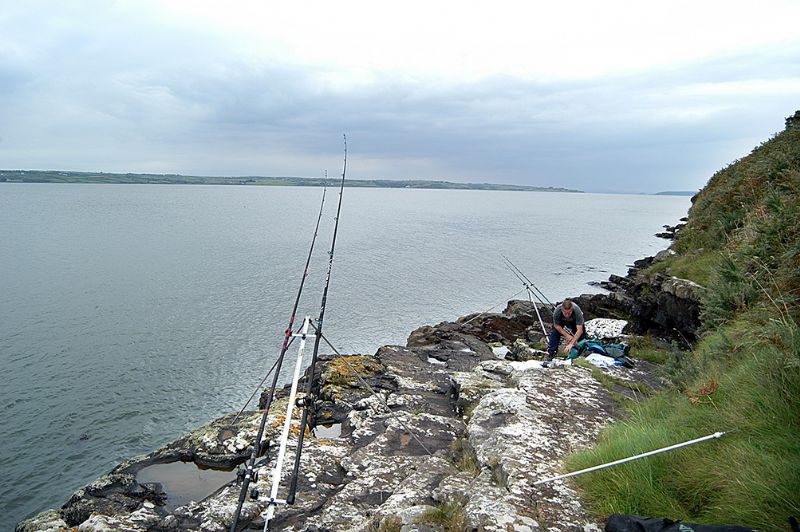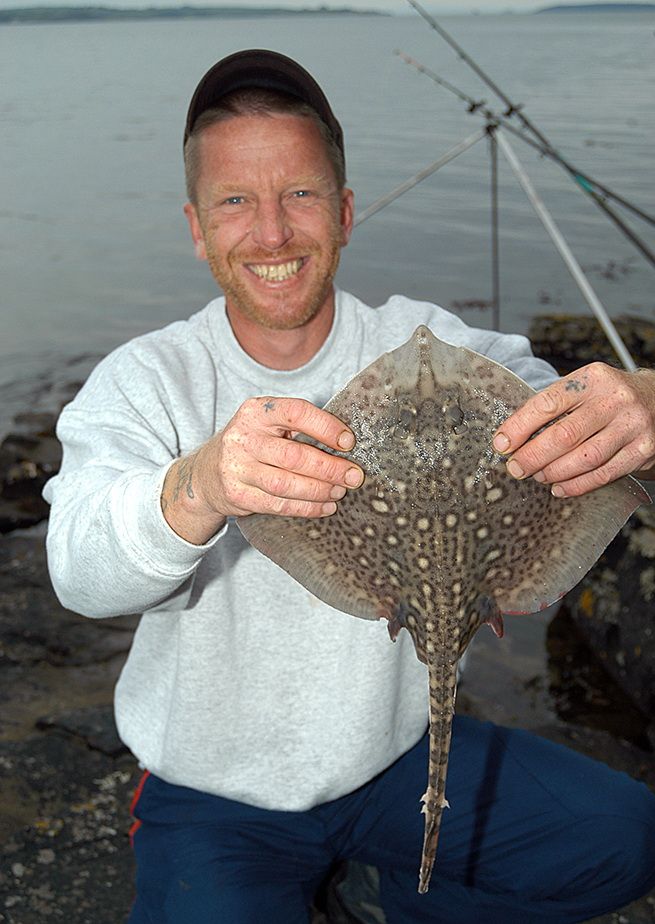Kilterry Ledges by Peter Foster
Kilterry Ledges
Every so often a lucky angler discovers a mark that appears never to have seen a rod and line before, one such spot was discovered on a recent trip to the Shannon Estuary in Ireland’s South West.
A great many words and expletives have been set to paper extolling the virtues of this fabulous river as it stretches for over 200 miles from Lough Erne in the North to it’s estuary in the South West before emptying into the Atlantic Ocean.
It’s by far the longest stretch of water in both Ireland and Britain and from the dawn of history, this prolific waterway with an abundance of wildlife along it’s banks and countless species of fish in it’s waters has been a major influence on the military, economic and social history of Ireland, but interesting as this is, the issue of the day was to go fishing.
Not being able to get across to Ireland as often as one pleases, the West Coast and the Shannon in particular are not as familiar as my home turf in the South West of Scotland but neither are they complete strangers. One of the favoured spots that continues to draw my angling pal Sean and I is the small pier at Kilterry, 20 or so miles from the mouth of the Shannon estuary, I call it the lazy mans fishing spot because you can literally drive to the end of the short stubby concrete platform and fish out of the boot of your car. The pier is located on the N69 about 6 miles east of the small town of Glin and offers exceptional sport in the way of double figure huss, thornback, good whiting, mullet, conger and of course dogfish. The mark has been kind to us in the past and also the distant point, a couple of fields away to the left. However, I was about to add a third spot.
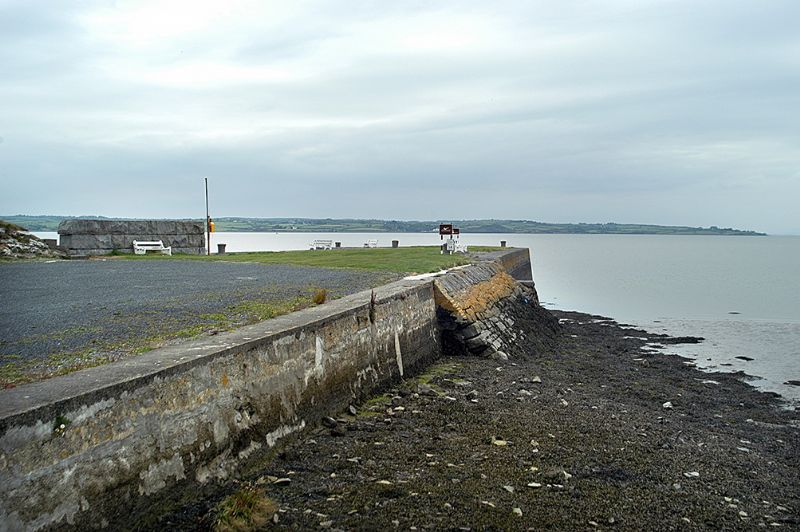
"Lazy man's" fishing, drive up and fish! Kilterry Pier
Enjoying some late summer action on the point, we decided to stay on into the evening for the start of the flood. Having been fishing for the last 6 hours, I decided on a break. To the left of the point has always been thought of as inaccessible due to sheer rock faces, impenetrable gorse and the water level. This time however at the bottom the ebb, the base of the rocks became exposed and although they were heavily weeded, it was possible to pick your way with a bit of care. About 300 yards further on I came to a series of rock ledges set at various heights, some above the high water mark and offering a very inviting and comfortable fishing platform. Now it would be very naive of me to think that I was the only angler to discover this little place of solitude but the complete lack of rubbish and no visible signs of any sort of activity other than bird and animal, left me in no doubt that it wasn’t visited very often. It wasn’t even on the map and as far as I know, had no name; rightly or wrongly, I christened it the “Kilterry Ledges”.
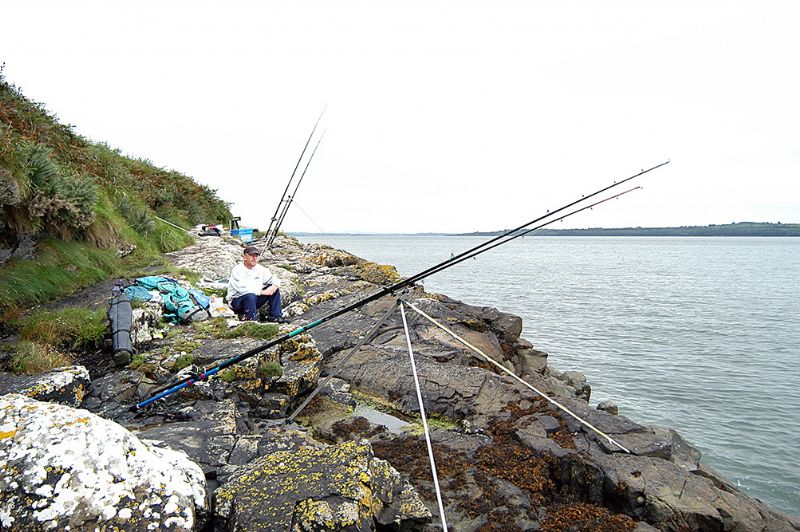
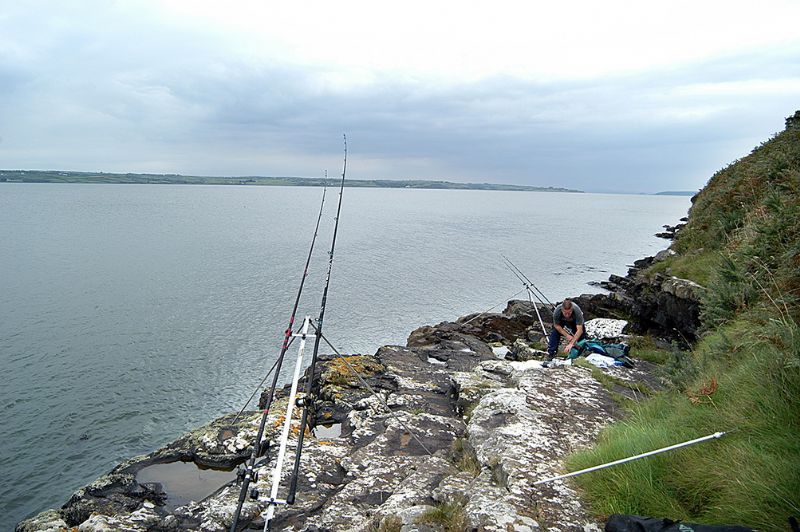
The "Kilterry Ledges"
Retracing my steps to have a chat with Sean, we decided to move our gear to the ledges realizing that once the tide started to flood, we would be cut off for around 9-10 hours before we could make our way back. This wasn’t an act of rashness; the decision was taken knowing that we had enough bait, food and drink, suitable clothes and light for a night stint and that the weather conditions were extremely favourable. Had any of the afore mentioned not been suitable, we would have settled on a return visit to tackle the ledges.
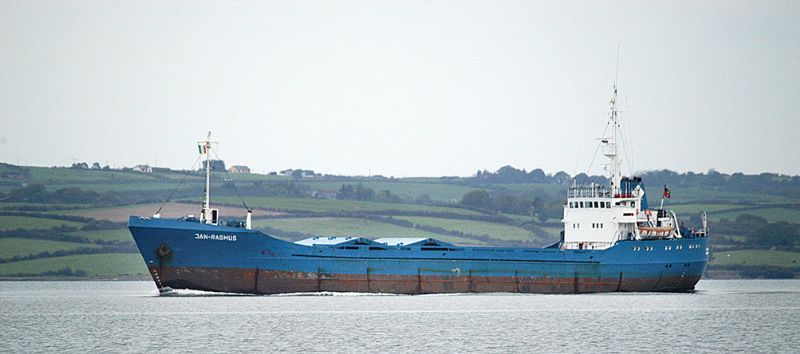
Setting up in the last hour of light with just the birds for company was an unhurried affair, there was no need, and it would have been a contradiction against the relaxing and pleasant atmosphere. This was de-stressing big time. The closeness to the Atlantic was made evident by the size of the ships that navigate this waterway; they were huge and came so close that the crew’s voices were clearly heard floating on the night air but the passage of the vessels are slow enough not to cause a problem with the wash.
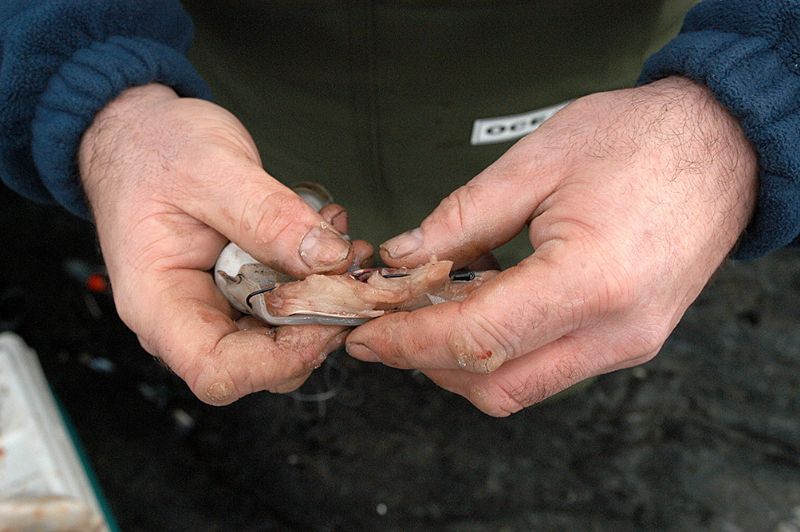
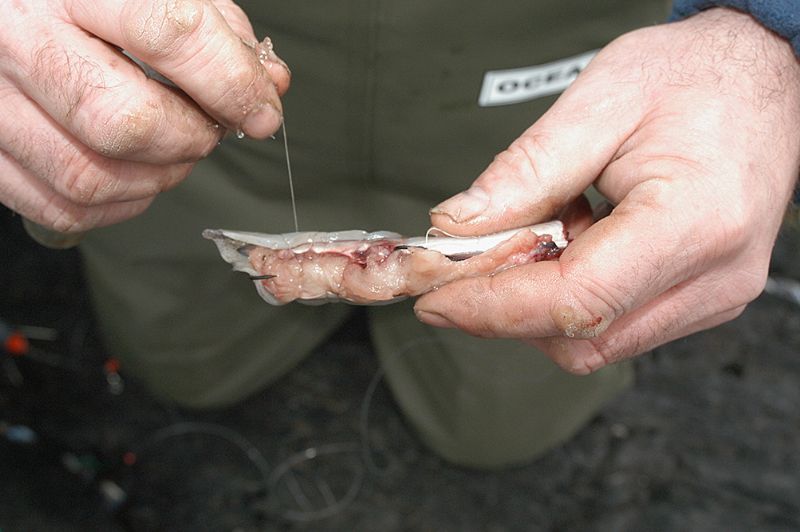
Fishing this estuary system isn’t for the faint hearted especially on the turn of the tide when it can scream through like a steam train at times and even the biggest grip leads will have a problem holding out but it’s worth it. Big fish baits seem to work well as does peeler crab. Both anchored hard on the bottom will see the rod tip bent over at an alarming angle almost to the point where you think the rest will be pulled over (sometimes it is!). Bites are easy to spot, the rod springs back as the lead breaks out and can’t be missed. Full of anticipation of fishing a new mark but with the bonus of knowing what the water can produce, our first casts went out and we waited - but not for long.
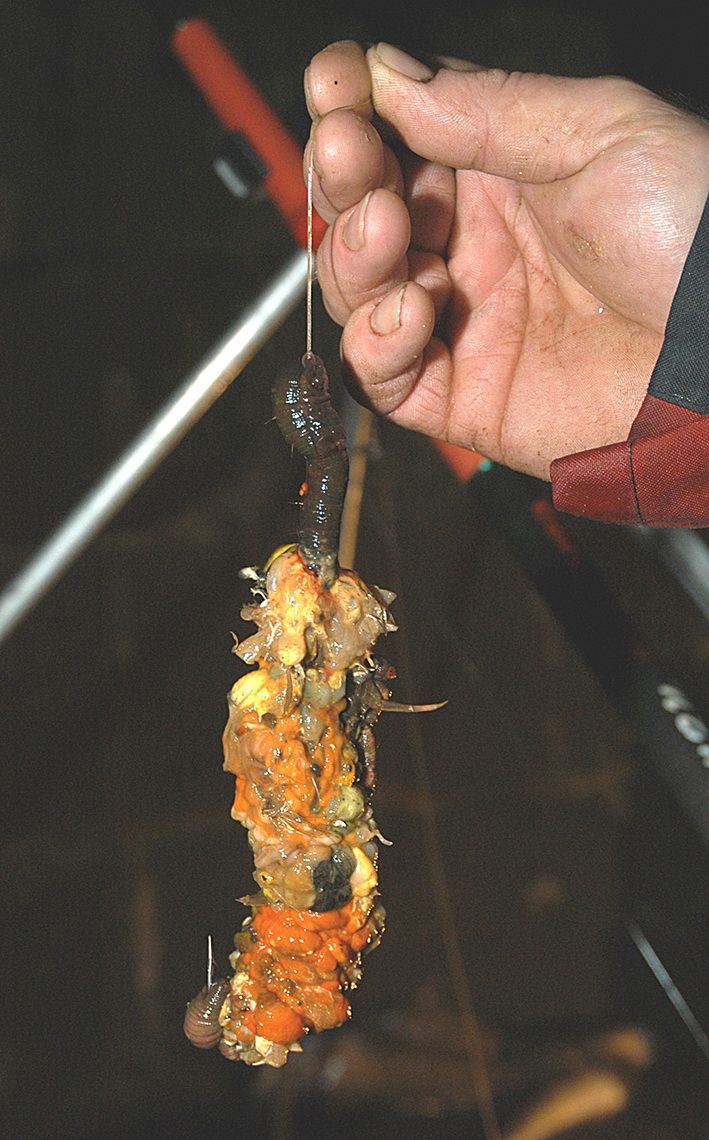
A proper mouthful! Crab and lugworm cocktail
With the baits sitting tight to the bottom, there was an opportunity to make the “camp” more comfortable but no sooner had we started, my rod and rest pulled over and hit me full in the back. Letting the rest drop, I caught the rod expecting to feel the heavy dullness of the tide rip that caused the fall but was pleasantly surprised to feel the resistance of a fish on the other end. A great start! It was a thornback ray, not a big one at around 4lb but when these fish use their wings to “fly” in the tide rip, they feel like double figure fish every time.
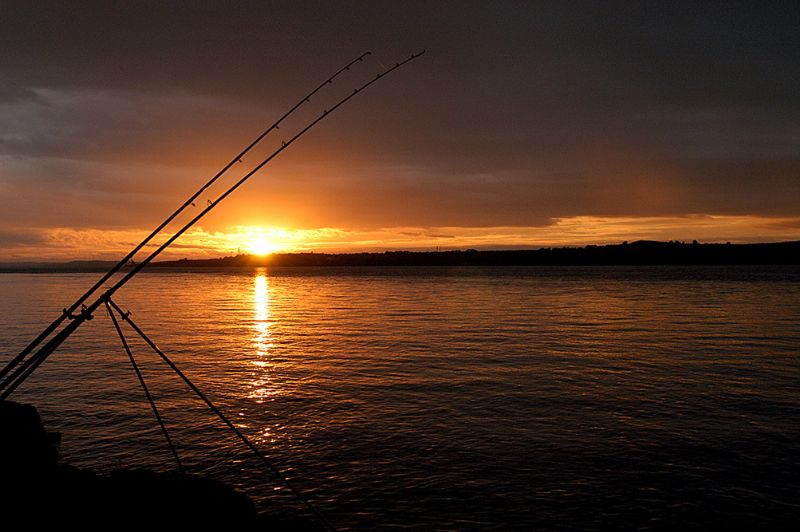
We expected little or no action over low water but we were wrong. Whiting and dogfish obliged with the odd ray putting in an appearance. When the pace of the water picked up, the huss came on strong and set the pattern for the remainder of the session with just a slight lull over high water. These Shannon huss are something special, and it starts when your headlight picks them out on the surface just before you get ready to net them. Their eyes glow in the fallout of the light beam and seem to stare like a cobra about to strike. Even when landed, they continue to be a handful and will surely do a serious amount of damage if they managed to lock their jaws on any part of you. A word to the wise, don’t think that it’s safe to hold these fish by the wrist of the tail to return them to the water, they can swing round on their own body length and bite your hand – I speak from experience!
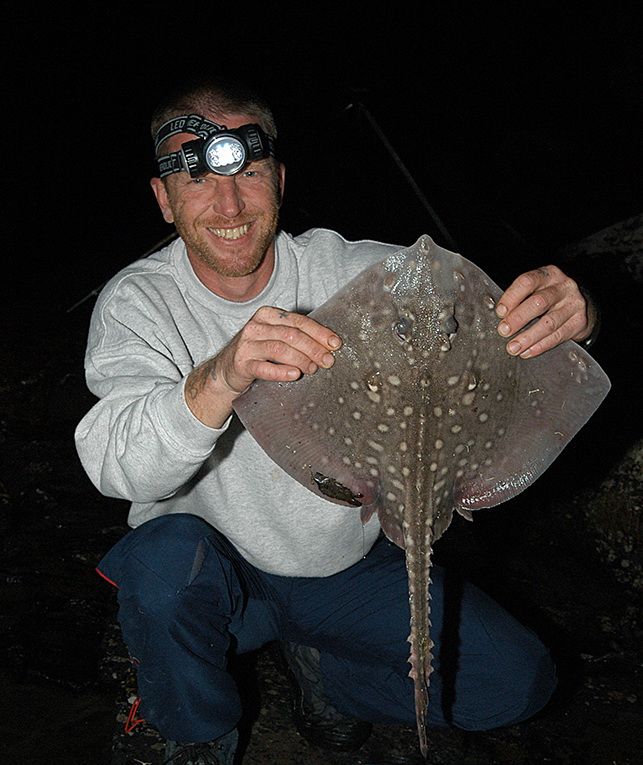
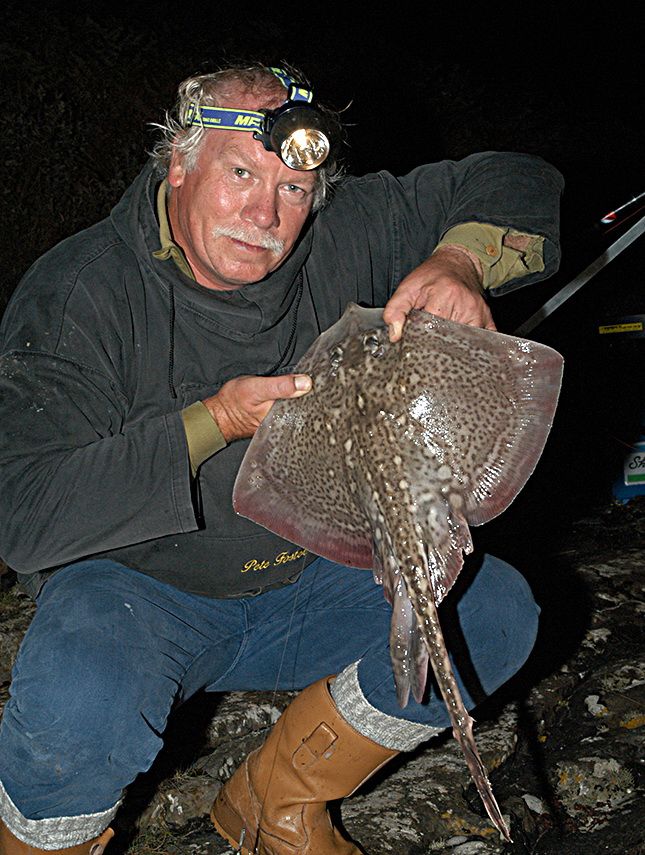
Peter (left) and Sean with a double shot of Thornback Ray
The dogs seemed to move away when the huss and ray came on the feed and during the next six hours we landed over a dozen huss to 9lb and eight ray to 7.5lb. Not a bad night, but for this angler, the best was yet to come. With the tide on the ebb and only about an hour or so left in the session, I mounted a whole sandeel to a clipped rig and blasted it as far as I could into the blackness of the night. Winding down on the bite that followed left me in no doubt that I had hooked a decent dogfish but catching a glimpse of silvery/white as the fish turned in the headlight beam had me rethinking that it was perhaps a coaly or bass so you can imagine my surprise when I realised it was a tope! Not a big one but a tope none the less and for me the first ever from the shore.
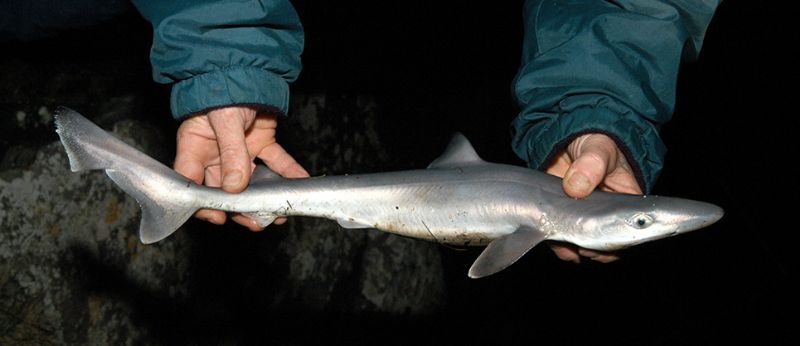
A bonus Tope for Peter
This just about put the icing on the perfect session. As we packed the gear away, suggestions were bouncing around for the possibility of a return visit to the “Ledges” to target bigger tope from the spot, and we know from passed visits to the point and pier that the area will produce huss and ray well into mid doubles, if one lot don’t show up, it’s a good bet that the others will.
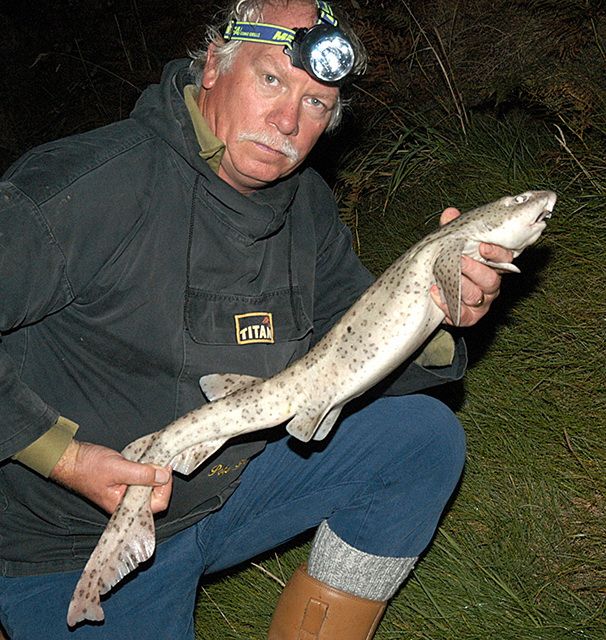
As I said at the beginning of this piece, a great many words and expletives have been penned about the Shannon; for me, there is only one, it’s simply - awsome.
Peter Foster




